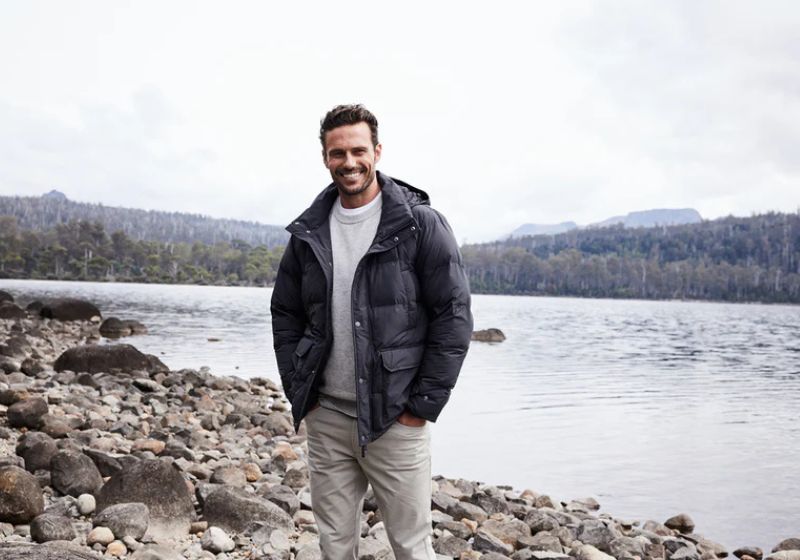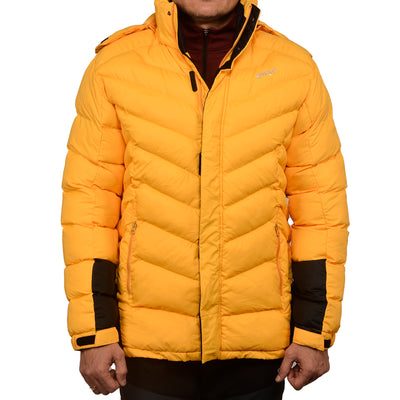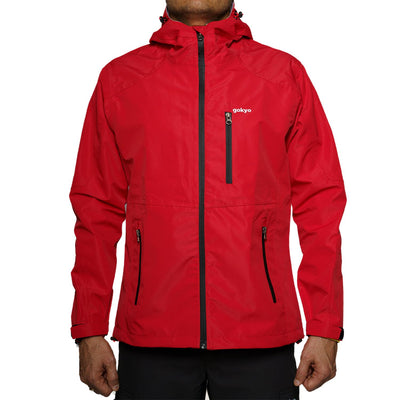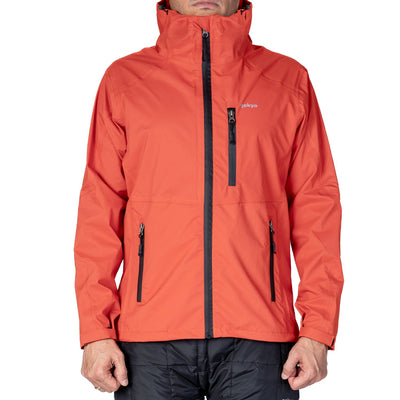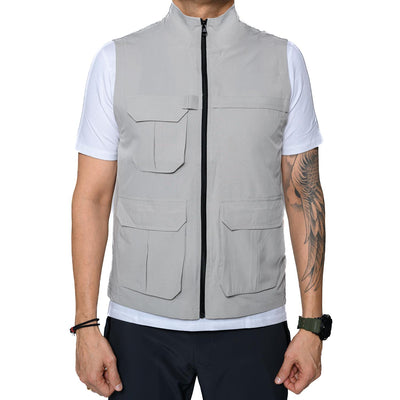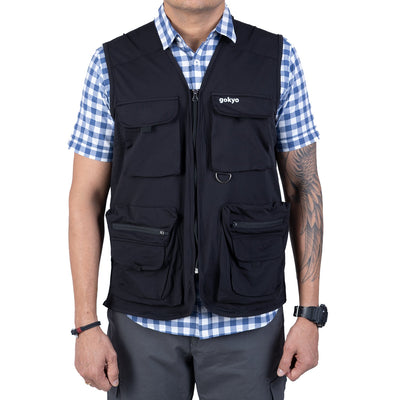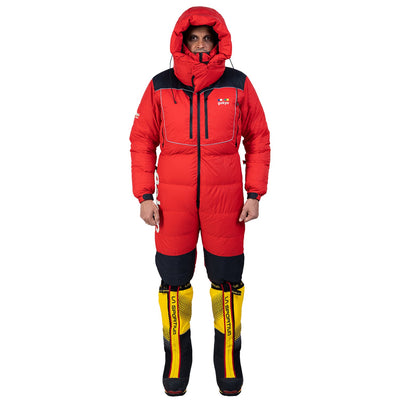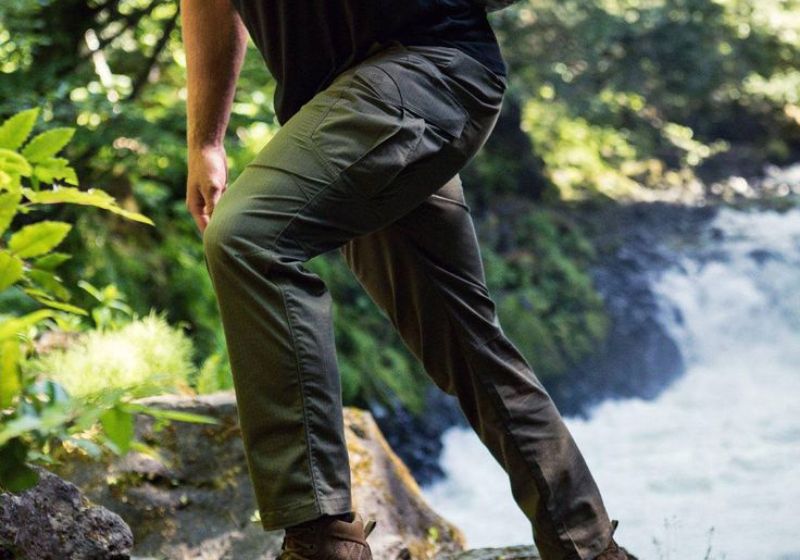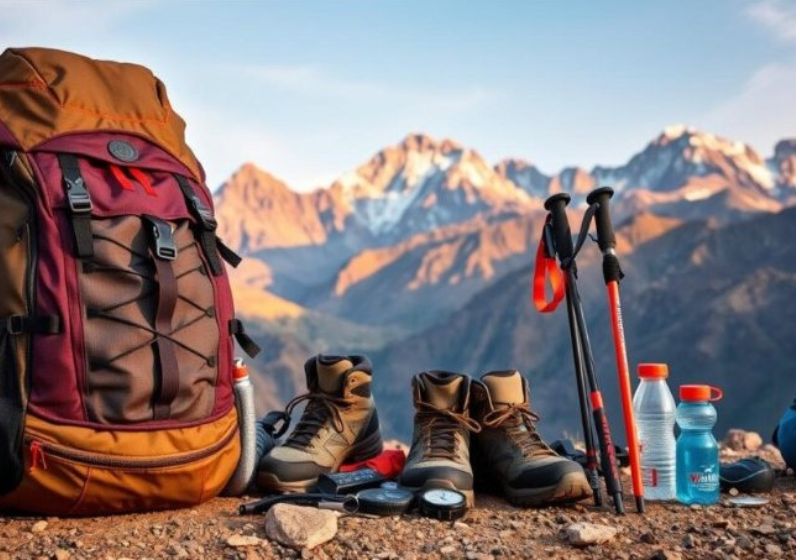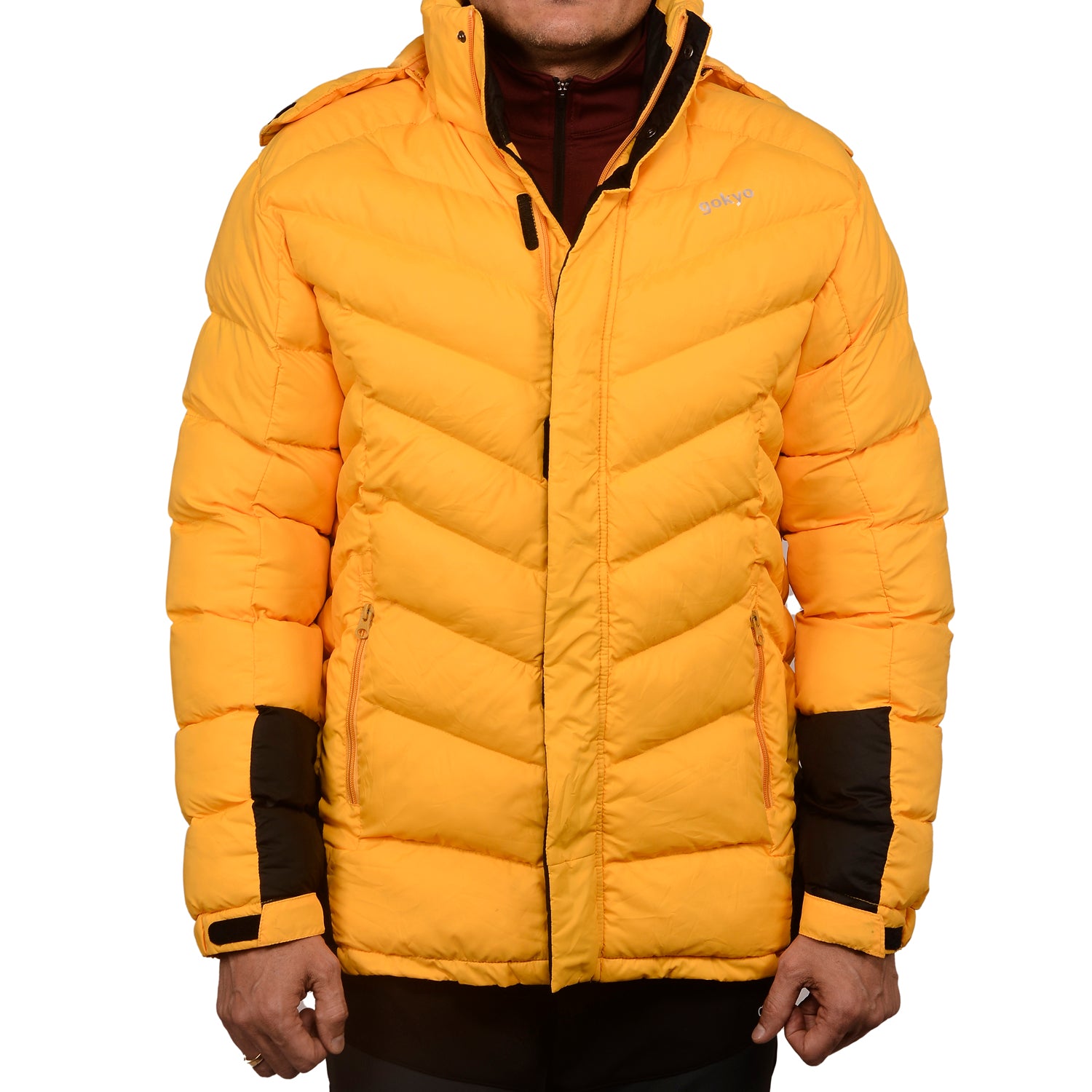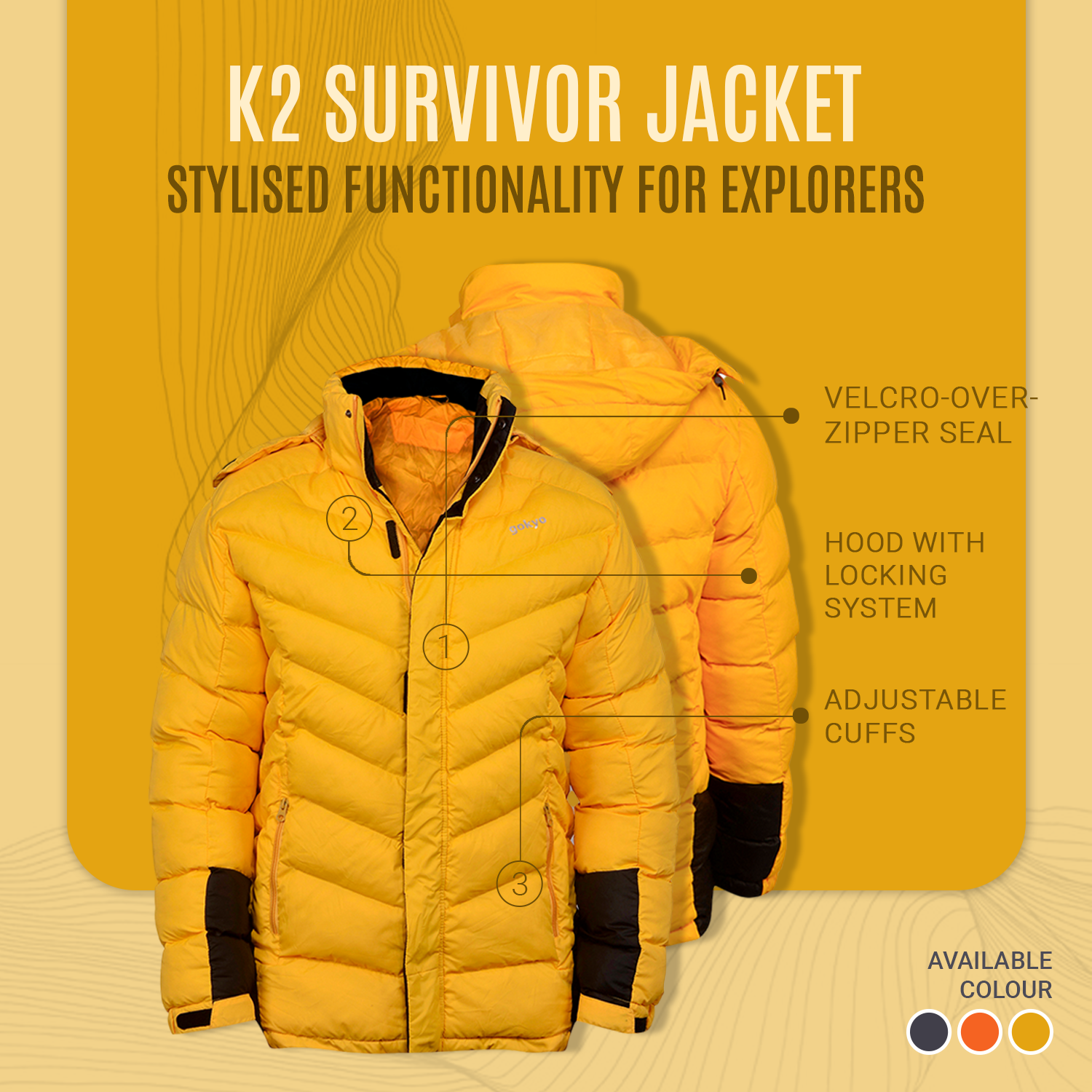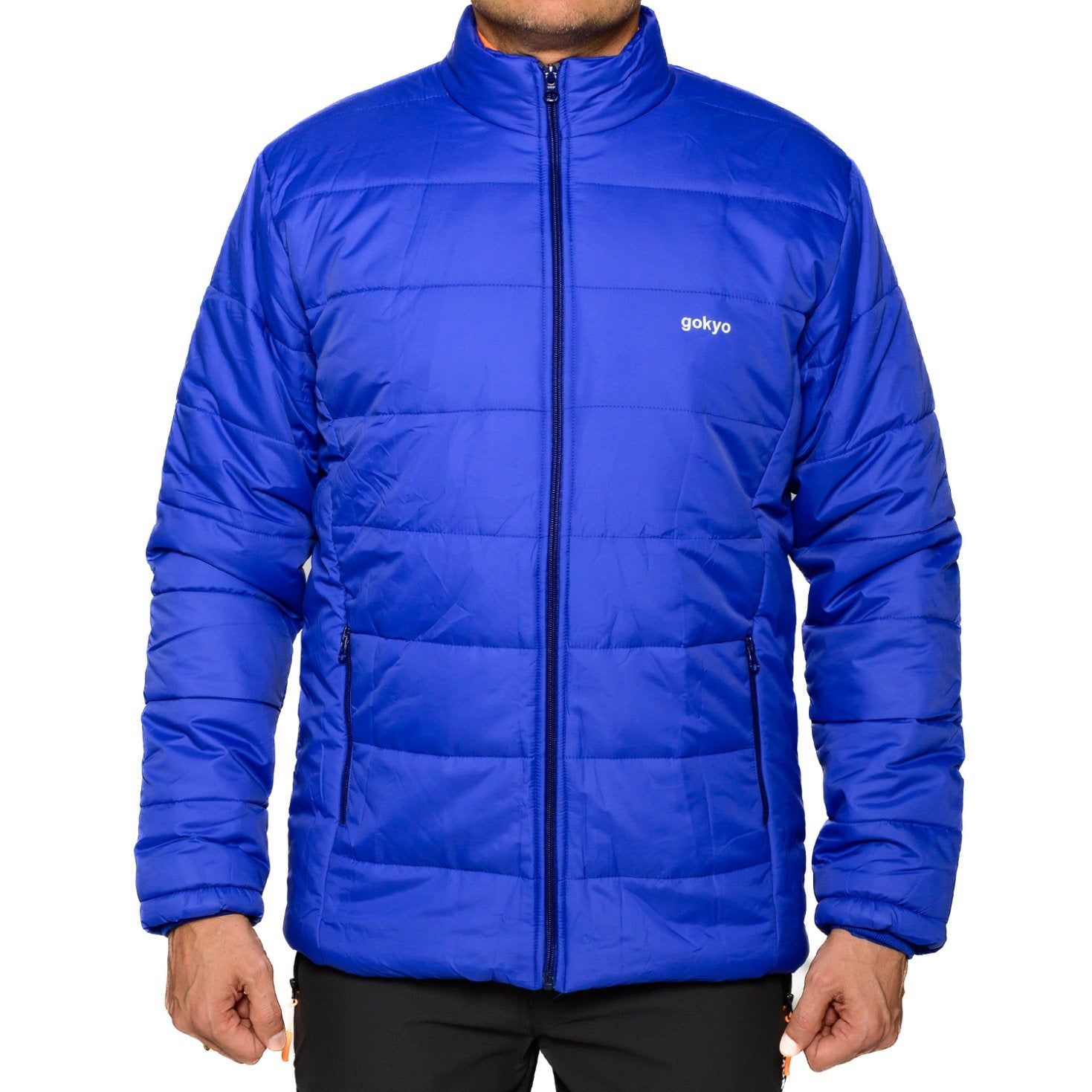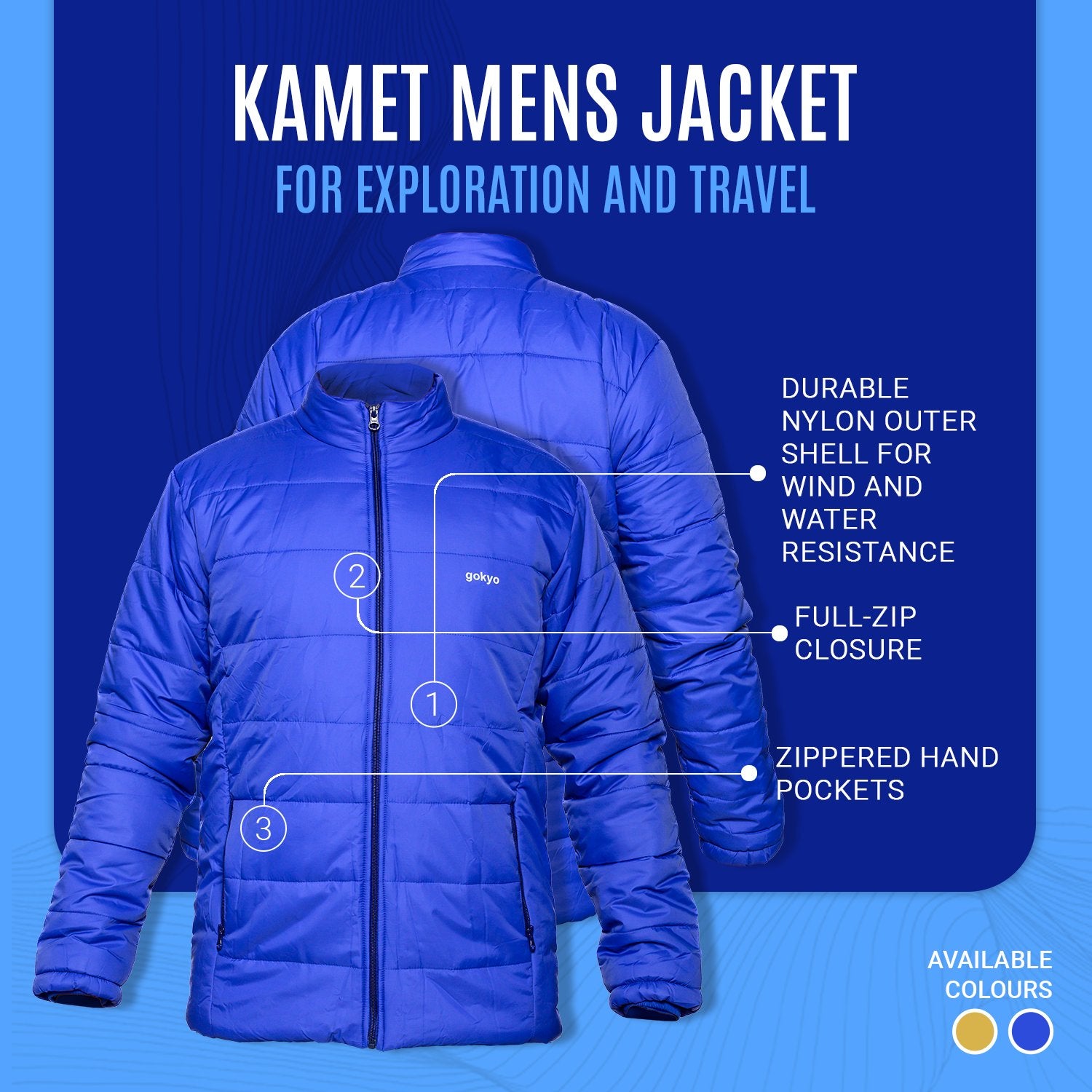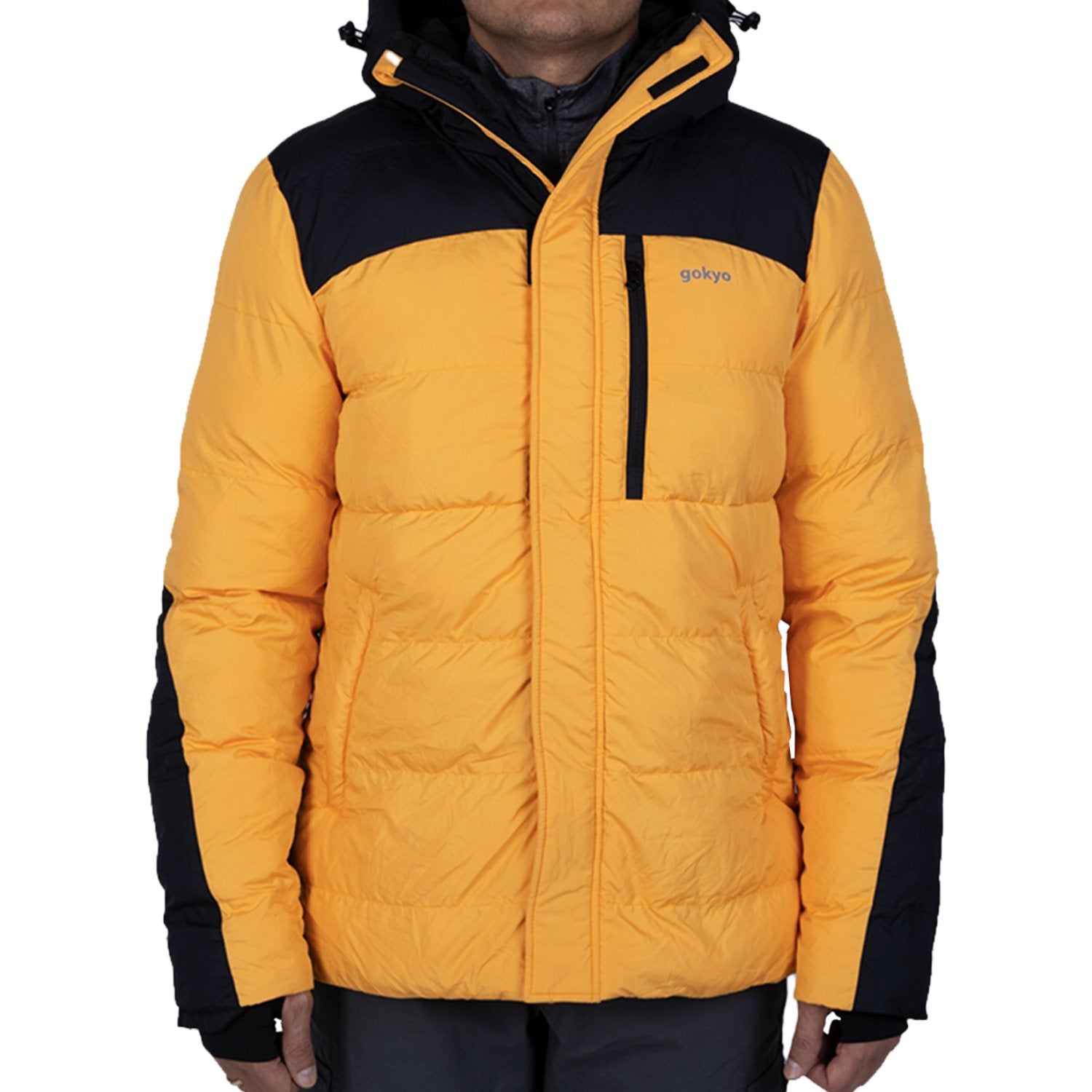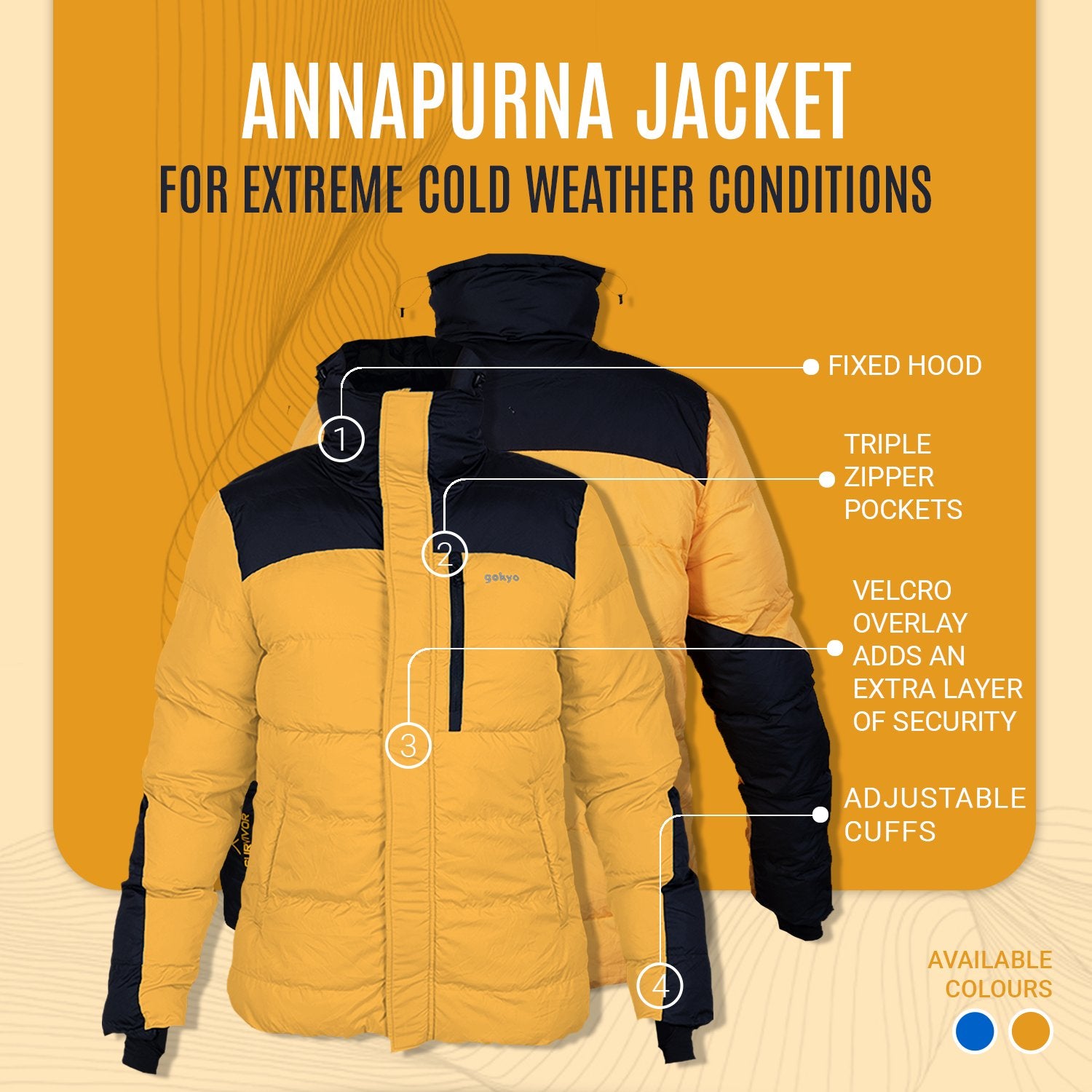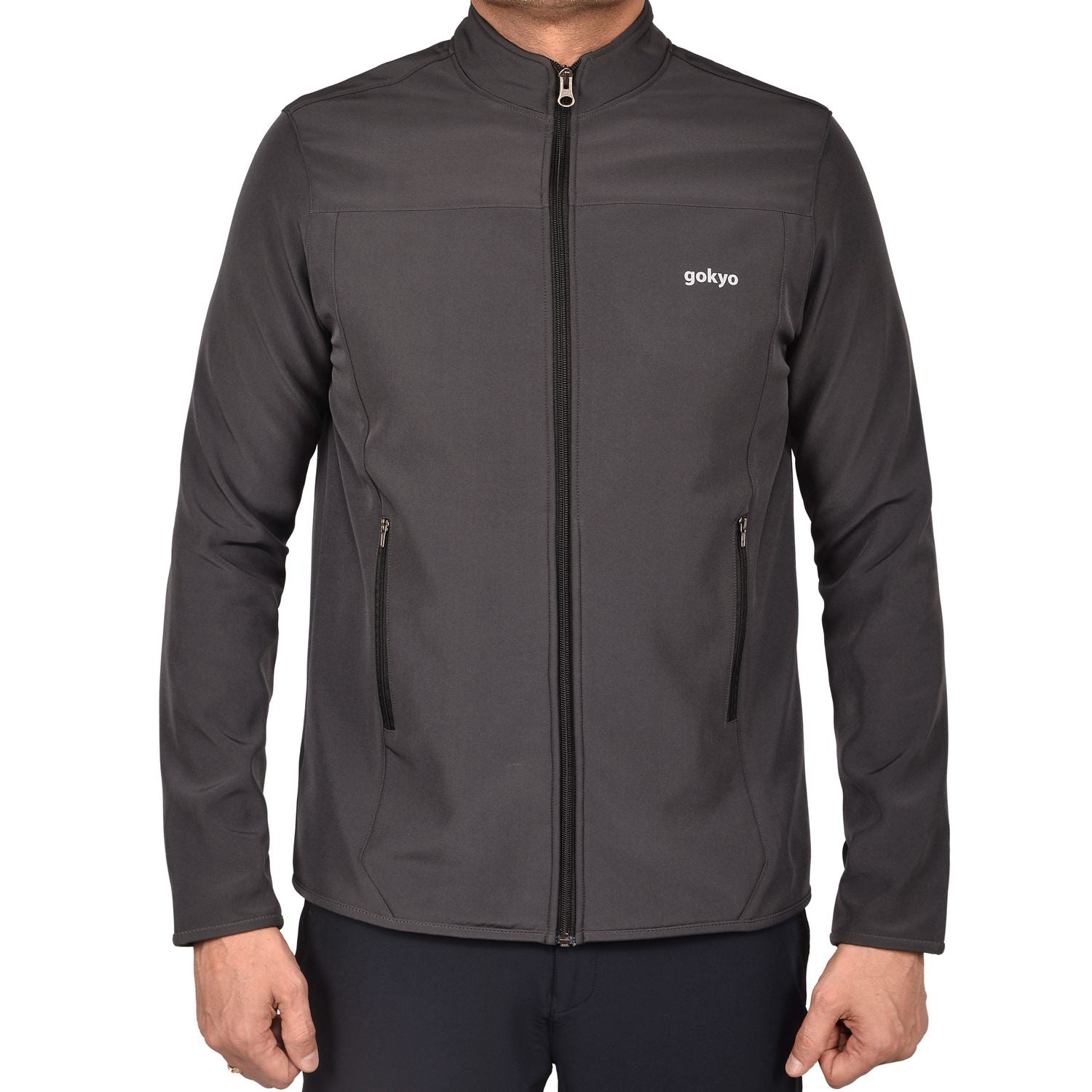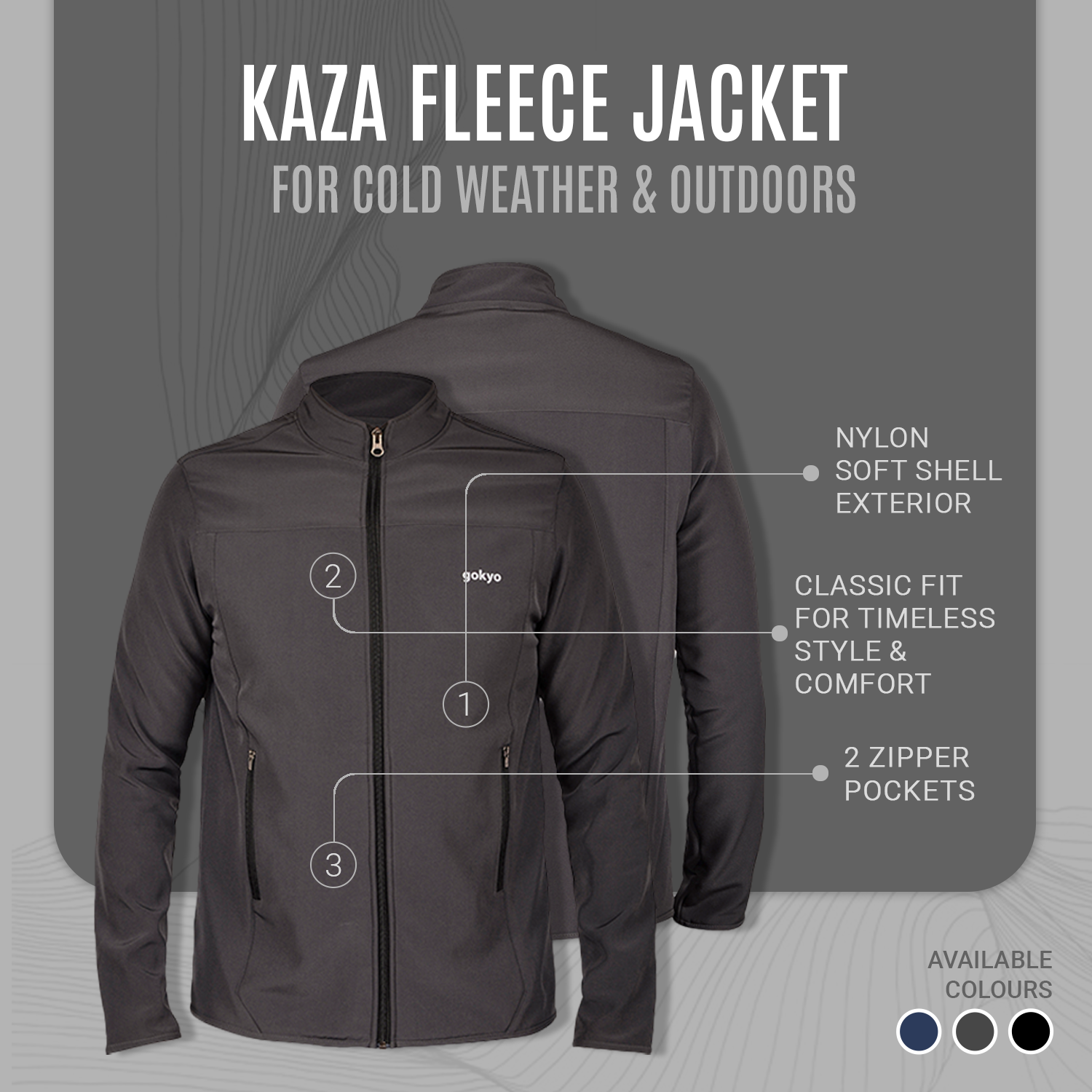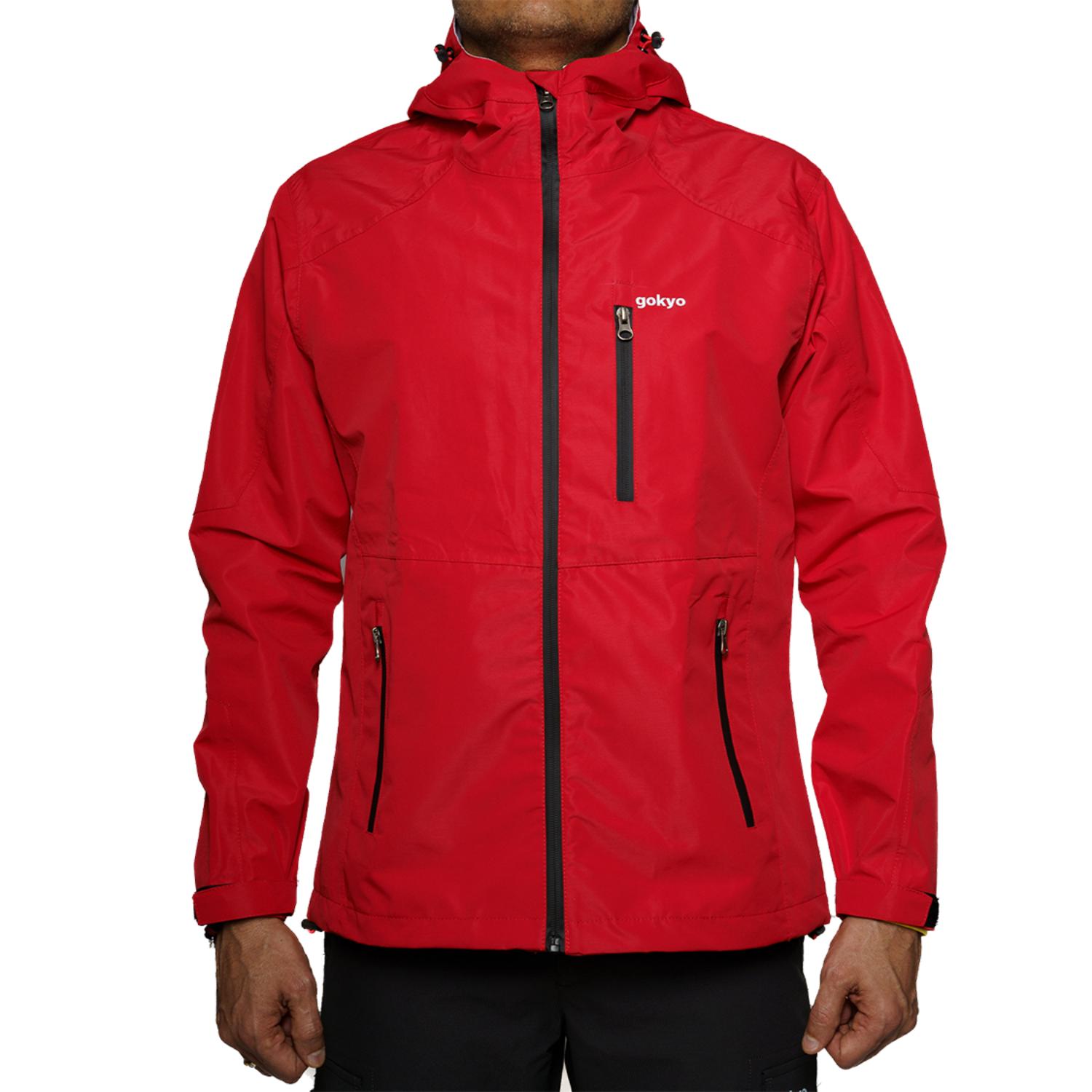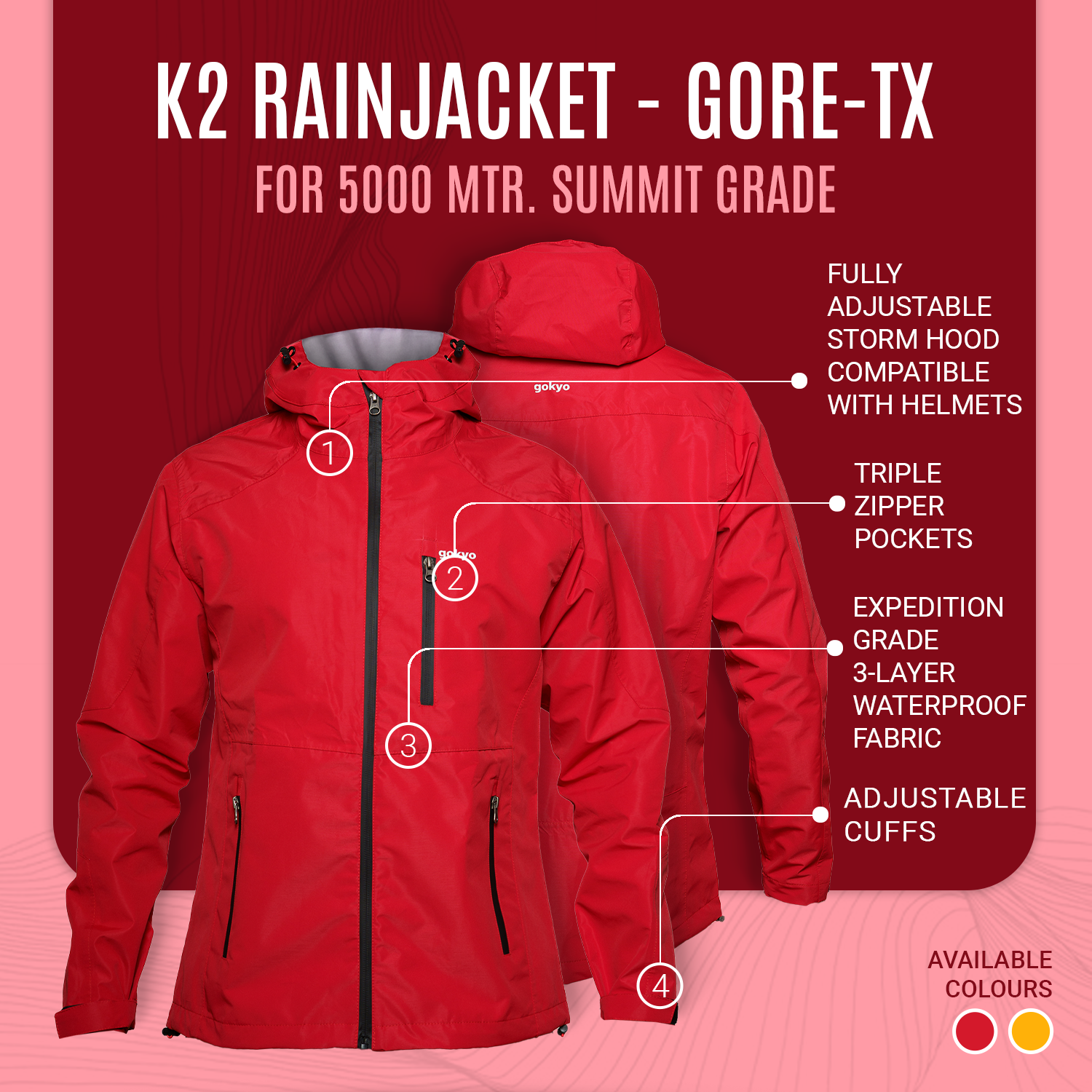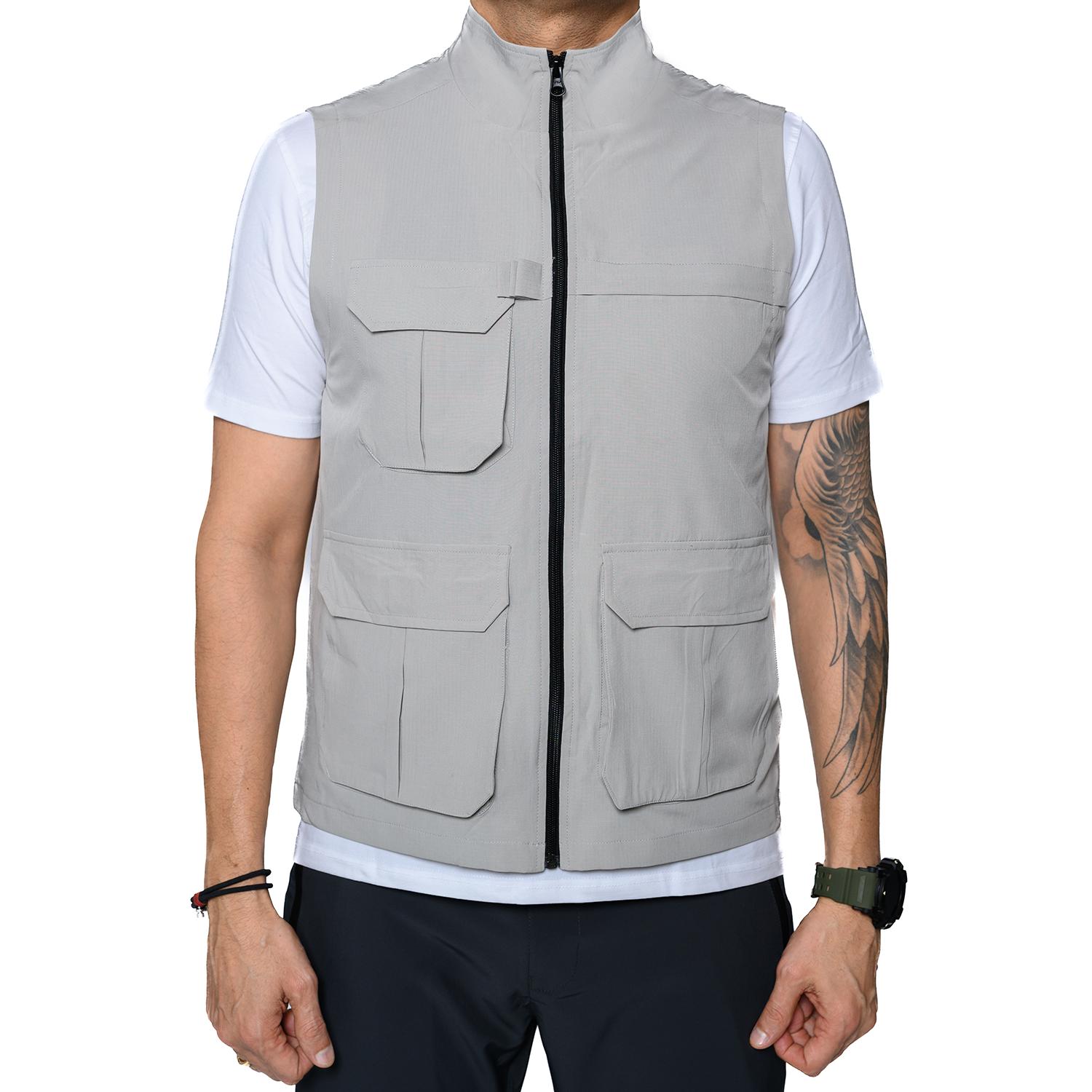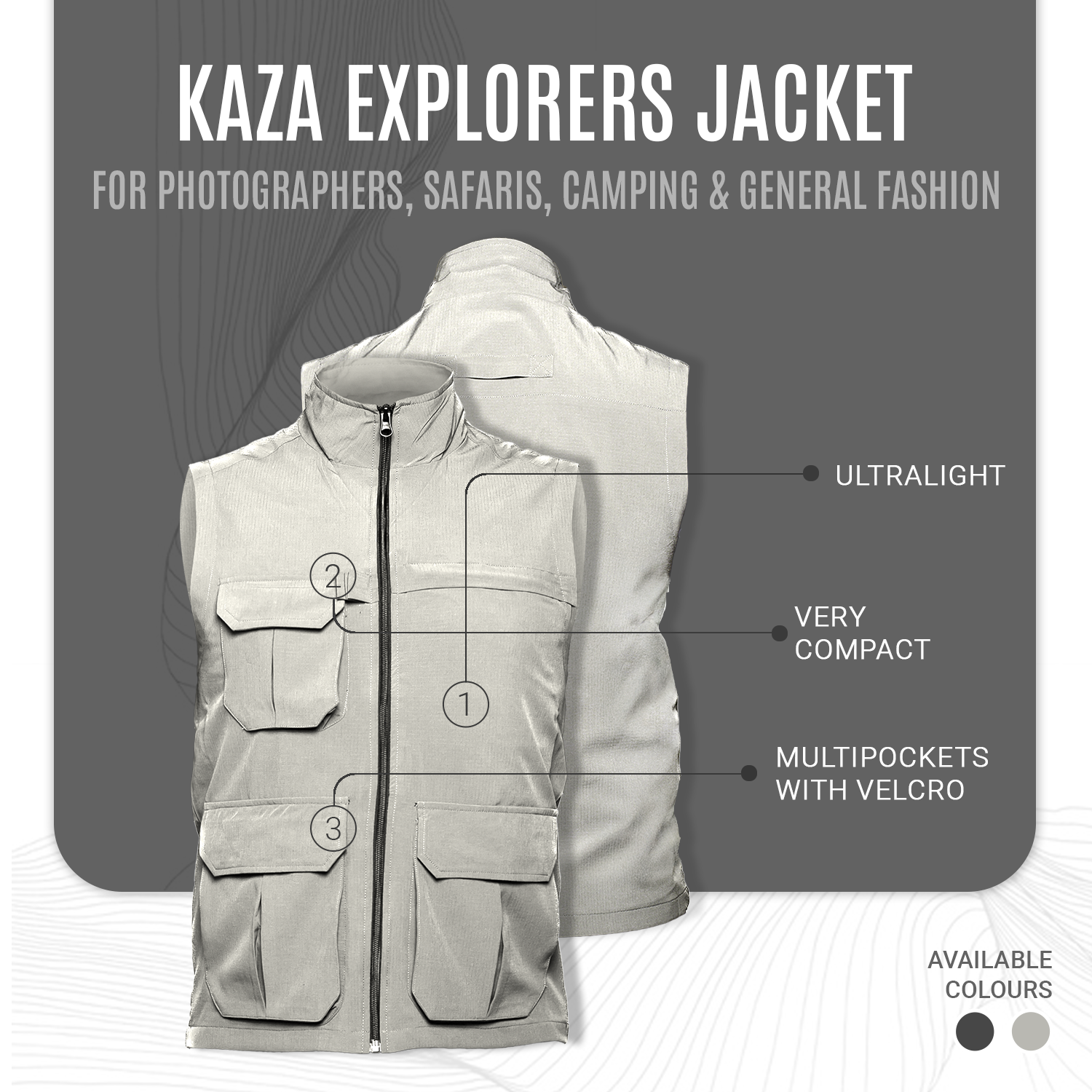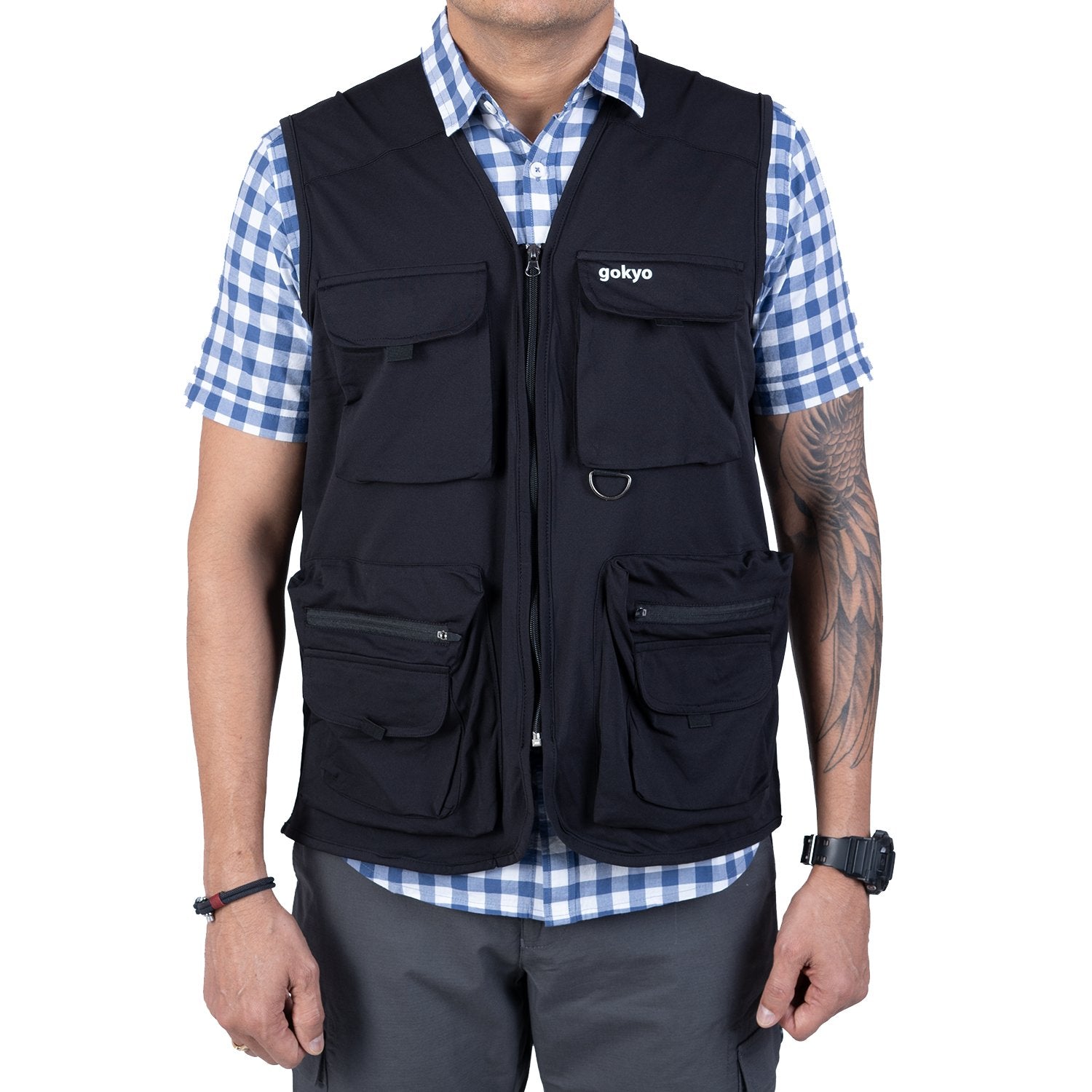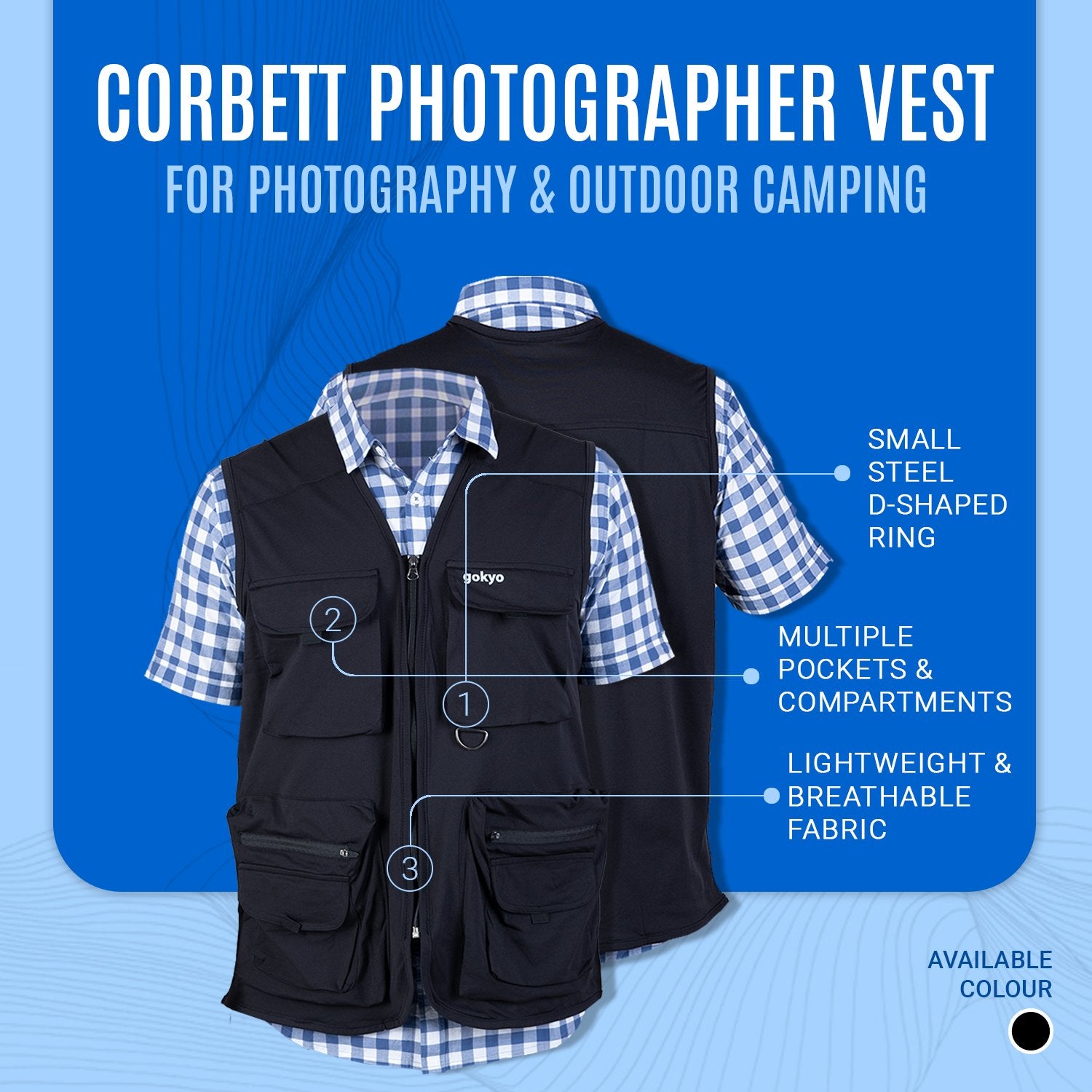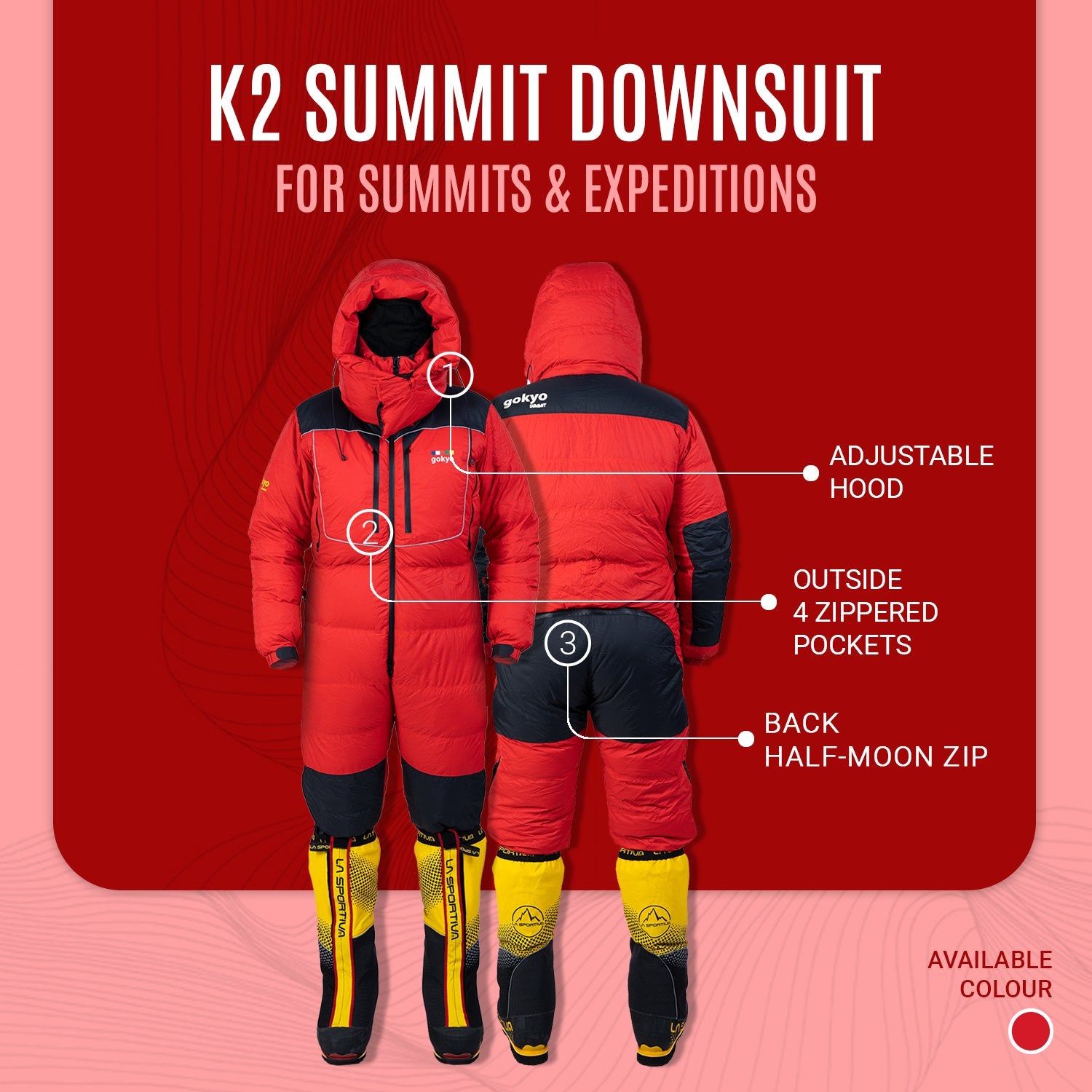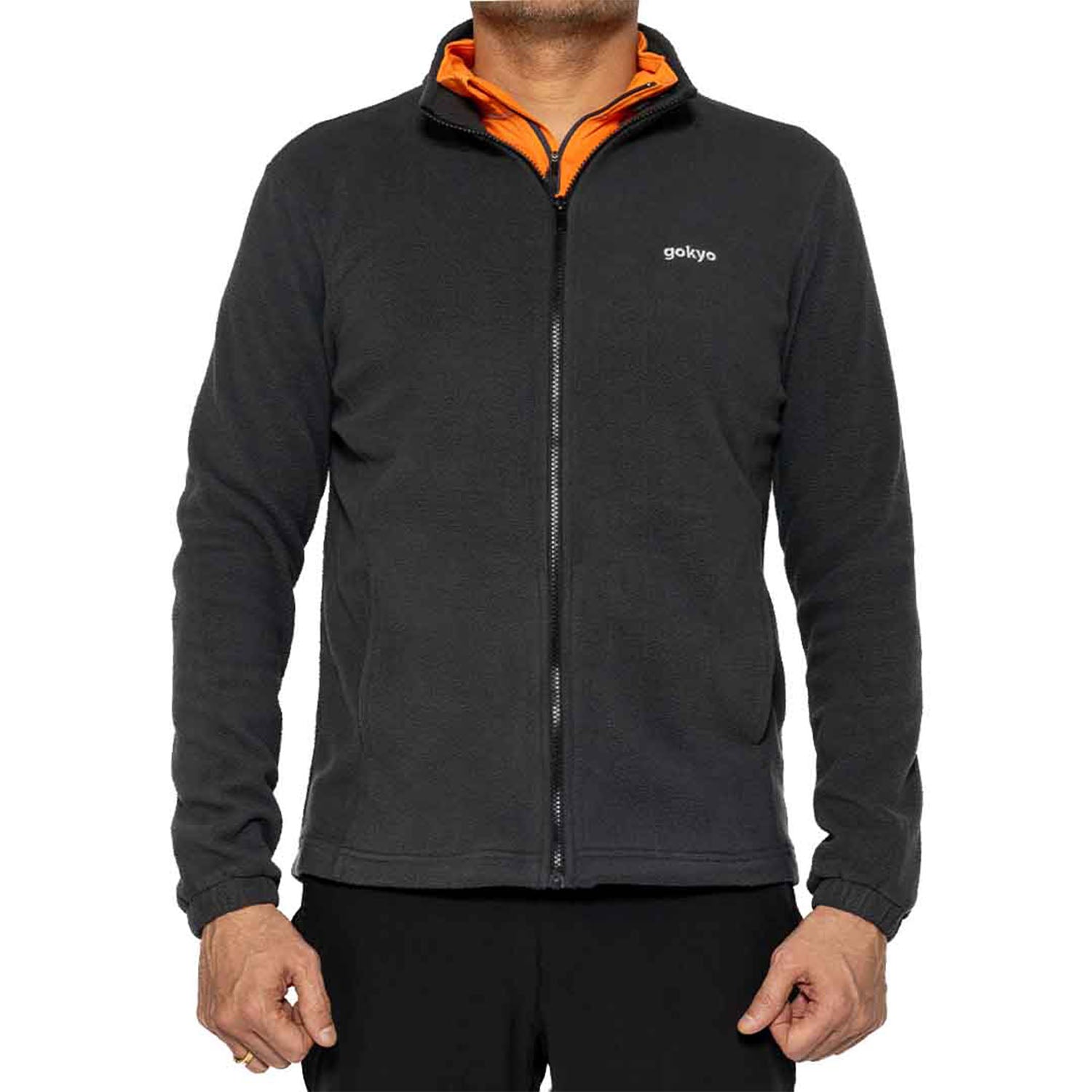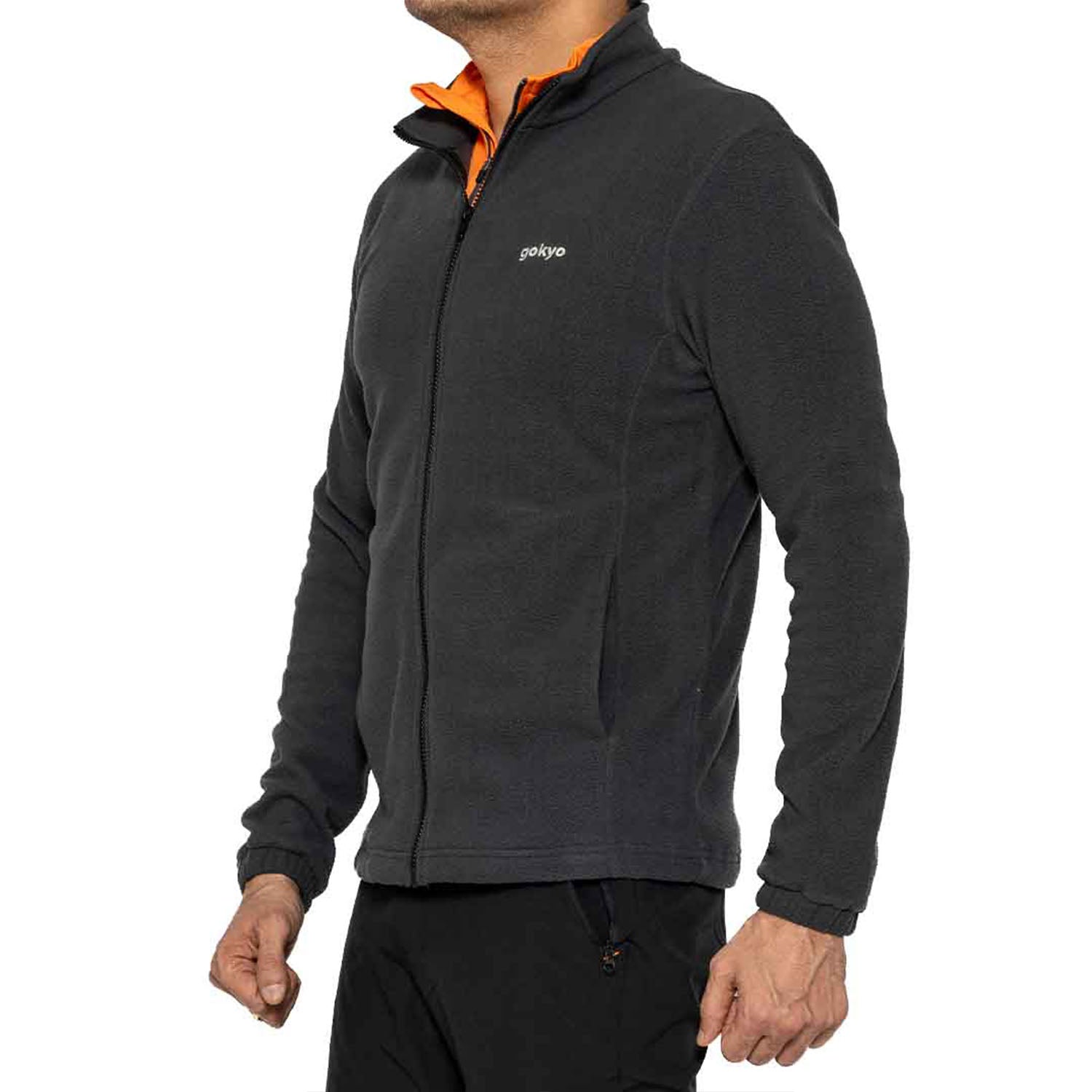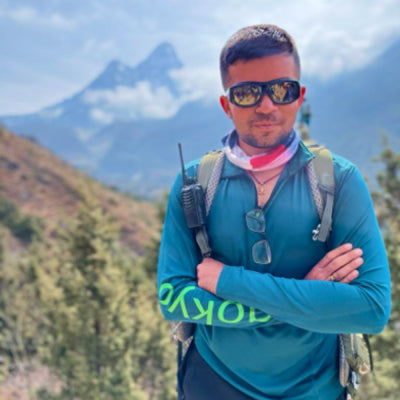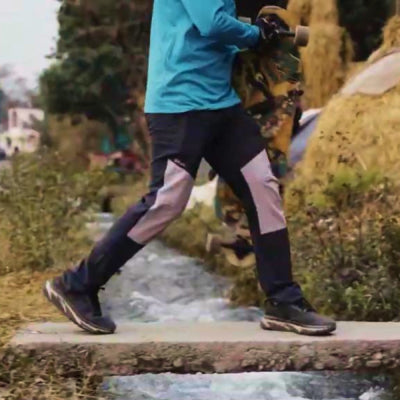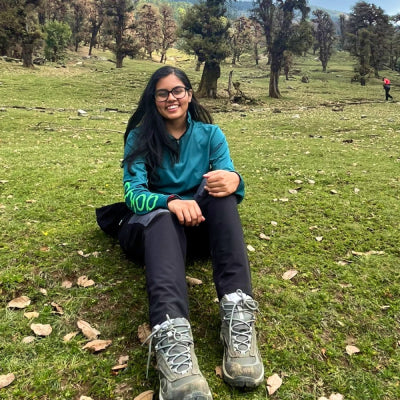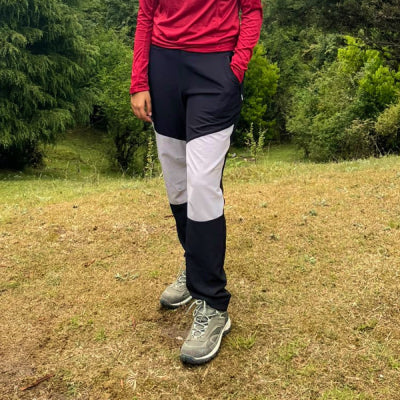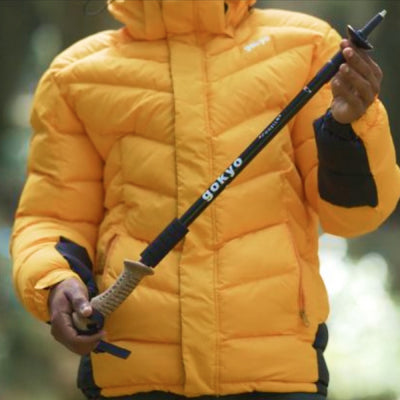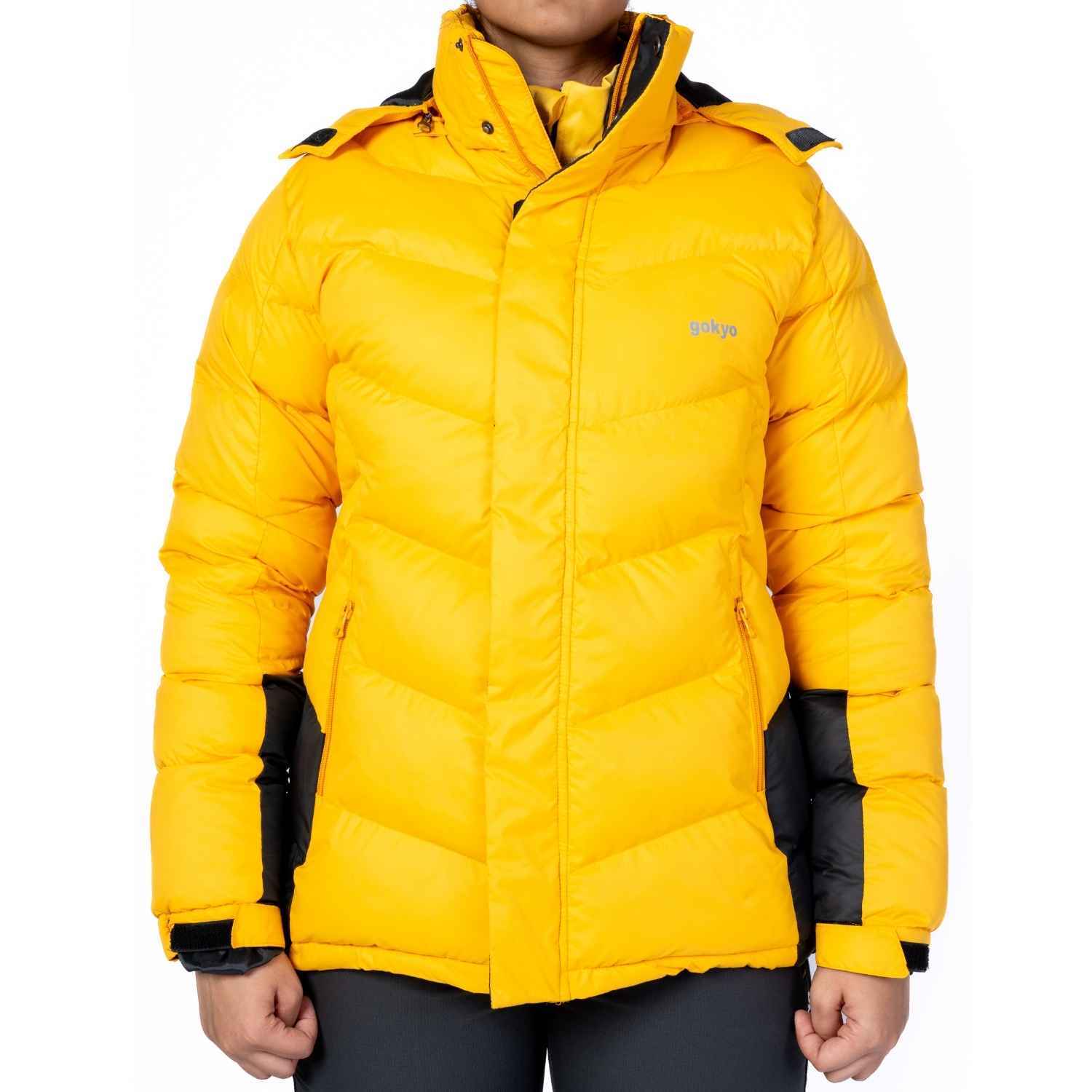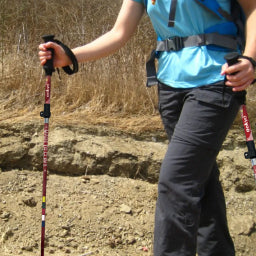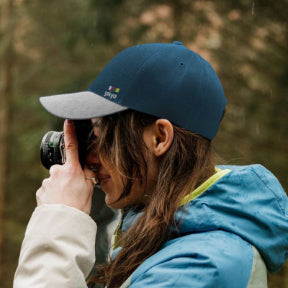From Rain to Cold: Jackets for Men That Every Trekker Should Own
When out and about in nature, the weather can change quickly. You might wake up to sunshine, and by noon, it’s a cold drizzle, followed by blisteringly cold wind. For all trekkers, a good jacket means more than comfort. A quality jacket means safety, adaptability, and the best chance for happiness during your adventure. That is why making your decision carefully is critical.
At Gokyo Outdoor Clothing & Gear we understand how a simple jacket can enhance a trekker’s experience. A good jacket protects you from everything from rain to wind to frostbite, and it allows you to move freely and breathe quickly so you can feel confident that you are ready for whatever the mountains throw your way.
In this guide, I am going to cover the different types of jackets for men that every water detects should own so you’re never underprepared when nature challenges you.
Why jackets matter more than you think.
When people discuss trekking gear, people tend to think of boots and/or backpacks, but real trekkers know jackets are the unsung heroes, being the true buffer between you and the elements. A poorly chosen jacket will leave you with either cold, wet or soaked and profusely sweating and miserable, whereas a good jacket allows you to forget about it - it feels like a second skin and just works.
The conditions in the mountains can be unpredictable. You might start on a humid jungle trail, transition to a windy alpine meadow, and emerge onto a snowy ridge - one trip!
The perfect men's clothing jacket can change with you and be adaptable for microclimates. Every trekker's wardrobe should have at least the four essentials: a rain jacket, a windbreaker, a fleece, and a heavy winter shell.
The Rain Defender: Waterproof Jackets
Nothing will sour your spirits quicker than trekking in wet clothes. A waterproof rain jacket is an absolute necessity. Light, packable, rain jackets that use seam-sealed technology to keep all even the heaviest rain out are what to aim for.
Rain jackets are vital not only because of dryness, but also to prevent hypothermia. When clothing gets wet, the cold water is trapped and is against the wearer's skin, drawing warmth out of the body. A breathable waterproof jacket will let sweat vapour escape, while keeping rain and other moisture from infiltrating.
Functionality is what matters for trekkers: adjustable hoods, zippers that don't snag, and vents to allow air flow.
These characteristics advance a simple rain garment (a raincoat) to weather-resistant and technical outdoor gear for use in a storm.
Wind Warrior: Lightweight Windbreakers
Wind chill can be nasty at elevation. Even in moderate temps, a swift blast of cold wind can rattle every bone in your body. While a windbreaker may seem weak, it can be a key element to staying comfortable.
Windbreakers are made with a lightweight material and are easy to stuff in a pack, and unlike a heavy shell, act more as a barrier to block wind and prevent heat loss from your body better than any other means. Many more contemporary windbreakers actually provide water resistance too, which makes them important for drizzly/loamy trails.
Windbreakers are purely minimalistic, no frills, no excess weight or bulk—just a barrier exactly when required. When layered efficiently, you can consider it a secret weapon to keep you comfortable without becoming the next layer of bulk.
Cozy Layer: Fleece Jackets
Sometimes, the simplest, most loved option is fleece. Fleece jackets are soft, warm, and breathable, which makes them an attractive mid-layer. Camping in the evening next to the campfire, or using it as a layer under a shell on a chilly ascent, fleece keeps us warm and allows for movement. Fleece dries quicker than you think, so even if your fleece does get wet, you may only be damp for a limited time. Fleece is definitely a comfort layer, contributing to the philosophy that trekking is about more than endurance, and enjoying the occasional wee feeling of warmth, regardless of how brief, through the day until the setting sun disappears behind the mountains.
The Cold Crusher: Winter Shells
When long treks take you to snowy trails and frozen passes, it would be hard to replicate a proper insulated outer shell. Men's winter jackets fulfill this purpose. Unlike fleece or rain jackets, these are specifically built to retain heat, but also to protect against snow, sleet, and cold winds.
These jackets are primarily insulated with down or synthetic insulation, each having its pros and cons. Down is very light and extremely warm, good for dry cold, while synthetic insulation retains its heat even when it is wet, useful with conditions that we cannot always predict. The right jacket will not only insulate you, but also protect its integrity for heavy and challenging treks when the cold tries to punch you in the gut.
Outdoor-Ready Jackets for Men
Layering: The Key to a Comfort Trek
Owning these jackets is half of the equation. Knowing how to layer them makes the most difference. Layering follows a simple principle:
- Base Layer – Wicks away sweat.
- Mid Layer – Provides insulation (like fleece).
- Outer Layer – Shields against wind, rain, or snow.
Having a combination like this means that you are ready for rapid changes in elevation or weather. For instance, you can wear a fleece on its own while hiking in cool valleys, and then put on a jacket for mens in winter as you rise into the higher and colder environments. The adaptability means your body stays at a comfortable temperature, which helps reduce tiredness and discomfort.
Gokyo Outdoor Clothing & Gear: Jackets for the Trail
At Gokyo Outdoor Clothing & Gear, we believe that all trekkers should have clothing that works as hard as they do. Jackets are not just stitched pieces of fabric; they are life-saving equipment designed with precision.
Our rain jackets are for staying dry without steaminess, our windbreakers are lightweight yet strong, and the insulated shells provide warmth without the heft. Every product goes through a rigorous test against the realities of the outdoors to ensure durability, comfort, and versatility.
For trekkers, this is not about fashion - it is about dependability. When you rely on your gear, it allows you to focus on the important parts: the journey.
Selecting the Appropriate Jacket for Your Trek
As you may know, not every trek requires the same gear. For jacket selection, consider the following generalizations:
-
Short hikes in temperate regions → A light durable windbreaker will suffice.
-
Wet trail conditions → waterproof jacket.
-
Cold and/or wet trail conditions, like snow or high altitudes → a heavy insulated shell.
- Multi-day treks or treks with diverse climates → bring a rain jacket, a fleece, and a windbreaker.
The point is to be flexible. Your jackets should protect you but also allow for variables of the trekking lifestyle. If you do your research and invest in good pieces, they will last longer and you can adapt to uncertain situations in nature with more confidence.
Frequently Asked Questions (FAQs) :
1. How many jackets should a trekker have?
If you only have a few jackets you should have: a rain jacket, a fleece, and a winter shell jacket. As a fourth, a windbreaker (for expanding capabilities on variable treks) also works well, but is not typically as essential as the first three jackets.
2. Are bulky jackets heavy and uncomfortable to trek with?
Not necessarily. Bulky insulated jackets today feel good while keeping you warm, but there is so much variety and science around insulation today. Use a packable insulated jacket that is compressible, mule the weight, and make it make sense in what pack models you are using.
3. What is the best way to treat jackets for trekking?
Be methodical and read the instructions. Most outdoor jackets for men should be washed in cold water, hung to dry after you wash them, and flooded with a new waterproofing solution after necessary wear and tear.meb
4. Can one jacket work for all climates?
No one men’s clothing jacket can do it all, which is why knowing how to layer and having different types is so important for safe trekking, regardless of the weather.
5. Is the fleece jacket slimming down further, with all the newer product fabrications?
Absolutely. Fleece is an extremely useful mid-layer because of its breathability, its comfort, and its ability to dry quickly.
6. Why should a person choose Gokyo Outdoor Clothing & Gear for jackets?
Gokyo Outdoor Clothing and Gear simply combines world-tested performance with longevity. Our jackets are made by trekkers for trekkers, so they hold up when conditions get tough.
Last Word
Trekking is about exploring the unknowns and unknowns of a trek doesn't have to include your gear. With the right jacket, clothing selection becomes part of your peace of mind. Jacket has your back when the weather changes from drizzle to unexpectedly heavy rain or the temperature has dipped to allow icy wind to bare down. Jackets provide the barrier and comfort that allows you to continue trekking.
With thought-out outerwear selections for the outdoors like these collections at Gokyo Outdoor Clothing & Gear, you are prepared for rain, prepared for cold, and prepared for adventure. Ultimately, every trekker wants to explore freely, and for loosely bound explorations to go unapologetically on.

